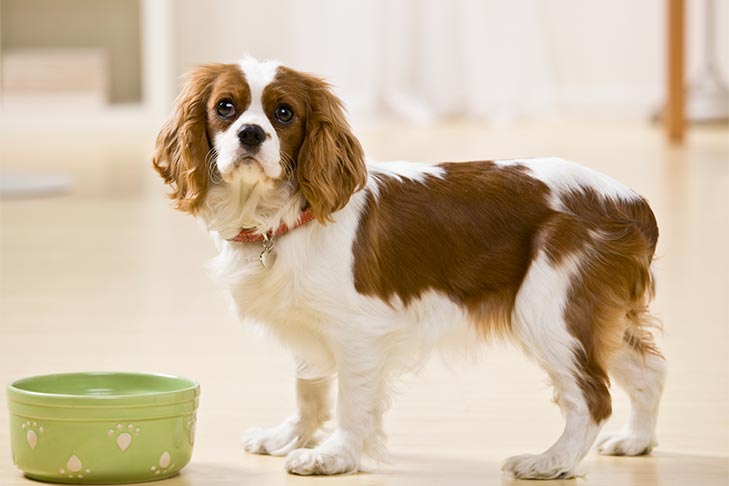How to Change Your Dog’s Food
Switching your dog’s food abruptly can cause gastrointestinal upset such as vomiting, diarrhea, and a decreased appetite. Any time you decide to change your dog’s food, you should transition to the new diet gradually in order to give your dog’s system time to adjust to the change. Ideally, these transitions should happen over 5-7 days. During this transition, you will gradually incorporate more and more of the new food by mixing it with your dog’s current diet. For most dogs, a good diet transition will look like this:
Day 1: 25% new diet and 75% old diet.
Day 3: 50% new diet and 50% old diet.
Day 5: 75% new diet and 25% old diet.
Day 7: 100% new diet.
Some dogs with sensitive stomachs, food allergies, or other gastrointestinal diseases may need an even longer transition period. The key to a good diet transition is monitoring your dog’s individual response. If, at any point during the diet transition, your dog displays concerning signs such as changes in appetite, vomiting, or diarrhea, you should proceed more slowly. And if you have transitioned gradually and your dog is still experiencing stomach upset, it is best to consult with your veterinarian. In some cases, it may be necessary to choose a different diet.
The Proof is in the Poop!
The best way to monitor your dog’s digestive health is to pay attention to the quality of the stool. While minor variations in stool color and consistency are normal, any major changes can indicate a problem that needs to be addressed. A great way to evaluate your dog’s stool is to use a Fecal Scoring Chart. An ideal fecal score is 3–4. Lower numbers may indicate dehydration or constipation, while higher numbers are indicative of gastrointestinal upset, which can be due to a variety of factors. If your dog’s stool is consistently outside of the normal range, it is recommended that you consult your veterinarian regarding your dog’s digestive health.

